Photos by Patrick McCarthy
Three distinct things Eugene Stoner and Randy Luth have in common: initial careers as precision machinists, zeal for the AR platform, and the knowledge and experience to advance the rifle’s technology.
Yet while Stoner designed the AR-15 and the AR-10, Luth — for nearly 40 years — has served as a driving force for not only improving upon Stoner’s blueprints but redefining public perception surrounding the rifle itself.
Amid negative sentiments surrounding the rifle following the Vietnam War, the Assault Weapons Ban, and, within the hunting community, having the platform designated a “terrorist” rifle, Luth stood steadfast, eyes fixed on the summit of the uphill climb he had in front of him. Fueled by not only a deep appreciation for the rifle, but almost a personal love for the platform, Luth tweaked components and changed minds and hearts.
Luth altered aesthetics and dialed in designs for both functionality and accuracy. His rifles shot well, which, upon their introduction, was considered an anomaly for gas guns. But that was just the start of Luth’s journey. And like a kindred soul, the story of the AR platform is tied to Luth’s own.
We recently spent a few hours with Luth, listening to his history, learning more about what drives him, and, in turn, what has driven innovation. For all of us with dreams of our own, his story conveys one central message: relentlessly pursue your vision. Make no excuses. Execute the plan. Read on to learn how he did it himself.
RECOIL: In 1986, you started DPMS (Defense Procurement Manufacturing Services) as a government contract consultant for various manufacturing/machine shop clients, working on various government contracts, sourcing AR components. How old were you then?
Luth: I was 31 when I started DPMS in April of ’86.
Initially, I thought printing was going to be my career. I was hired for an apprenticeship press room position at the Minneapolis Star Tribune in 1973. I think it was the dirtiest job in America.
I quit and began looking for another printing job and ended up working for a precision tool-grinding and machine shop. I began climbing the ladder at various machine and tool-grinding shops and ended up at a precision machine shop.
I got off the machines in 1981 and wanted to try sales and sales engineering. I worked for a few shops that specialized in government contracts for DOD, which led to being put in charge of government contracts. We would bid on government contracts for small-arms parts, aircraft, and Navy parts.
I left that position in February of 1986, took a couple months off. And then started DPMS, Defense Procurement Manufacturing Services, which was a government contract consulting service for machine shops in the five-state area.

RECOIL: What was the political climate like then for that sort of work?
Luth: A lot of machine shops wanted to get a piece of Ronald Reagan’s budget buildup for the Department of Defense. So, I’d help the shops with what was necessary to bid on work for the government. This involved paperwork, materials, quality control expectations, and how to receive progress payments from the government.
To increase my knowledge, I began some MBA classes for government contract law on the small-business side. I also had a consultant who taught me a great deal, and I had him on speed dial for questions I couldn’t answer.
The consulting business grew, clients paid monthly retainers, and I was able to pay my bills. But at the same time, I started purchasing M16, 1911, M14, and M203 parts from shops that made parts for the government. I’d call up say, “Oh, I saw you had a government contract for bolt carriers, firing pins, etc. Can we buy some?”
Around 1990, the parts business was more profitable, easier, and simpler than government consulting, so I started phasing out consulting and concentrating on gun parts.

RECOIL: When did the transition from parts to complete rifles start?
Luth: In 1992, I got my manufacturing license for making firearms. We started buying, I think, Olympic Arms barrels and Pac West Arms lower receivers, and started building up kit guns with the other Mil-spec parts that I had acquired through government contracts.
We started making barrels by buying Wilson Arms blank. Then, I’d get my buddies to machine them to my specs — for the bull barrels. At DPMS, we introduced production, semi-production, fluted bull barrels, and stainless steel for $189 retail.

RECOIL: That’s probably about half the cost of what they were going for prior to that.
Luth: Correct. Yeah, the only guys who were doing bull barrels were probably Krieger and Obermeyer. They were selling for around $350 apiece.
Also, at that time, the prairie dog and coyote hunting business was heating up. Varmint hunting was starting to take off the early ’90s. So, for the early rifles that we made for DPMS, I concentrated on the concentricity, the tolerances on the barrels, stress relieving, the finish, the chambering, and just made them shoot really good for a gas gun, which was unheard of back in the early ’90s.
I purchased Essential Arms assets in April of 1993. I bought their assets, all the fixturing and tooling for the lower receiver. In April ’93, we had the first true dedicated DPMS rifle. I was no longer buying Pac West Arms or Olympic Arms receivers. We had our own name on it.
As years went on, I’d order my own fine blanking stamping dies. I’d order plastic injection molds, investment casting tools for all the bolt catches, hammers, triggers, selectors. We had our own tooling. And, of course, I had all the Mil-spec drawings. So, we would always use the military drawings as our guide — a gospel guide. No deviations. And then we’d use the Mil-spec material and heat treat them per the Mil-spec.
There was a lot of junk coming into the country in the late ’90s. We were selling all Mil-spec parts per se — not everything because we didn’t get certification. For instance, on phosphate. But for the most part, everything that we did was Mil-spec or very close to Mil-spec.

RECOIL: For the exterior, you changed the design a bit, tried to make it look cooler, a little less like the military-style rifle. Was that important that it didn’t look exactly like a military-style rife?
Luth: Yes, it was because at that time we were kind of the edgy group. ARs just weren’t popular in the mid-’80s. The AR enthusiasts had only one place to advertise and buy AR parts and that was through Shotgun News. I would come up with different ideas, like the trimount, where you cut off the carry handle on the A1 or the A2 upper, then bolt down a Picatinny rail. And what I did is just put three rails left, right, and top, so you could put flashlights on. I still have ads from Shotgun News showing the trimount in 1989.
Then, we made the first left-handed upper receiver. I just took the standard forging, and I milled out the slot ejection port on the left side versus the right side. I swapped around the extractor on the bolt, and we didn’t have to make new forging dies. We just modified the existing product. Certain companies claim they made the first lefty AR. However, we did that back in the early ’90s. We also made the first skeletonized A2 buttstock. We jazzed the AR up, made them more custom, and bottom line, we just made them shoot good and look cool.
RECOIL: How did the titanium-nitride (TIN) coating come about?
Luth: I was in the tool-grinding business in the mid ’70s, and titanium-nitride-coated endmills and drills started becoming popular. A machine shop would get 30-percent extra life out of a drill and end mill that was TiN-coated. And, ironically, the TiN coating manufacturing company was in St. Paul, Minnesota. So, I had reached out to them in around ’88, and I said “Hey, can you guys do these gun parts for me?” Of course they could, so they did the first prototypes.
The logic there was rather than hone the hammer trigger disconnector to reduce the poundage pull because titanium coating had lubricity in it, plus wear resistance and gold color. So, I believe we titanium-nitride-coated the first gun parts in America, if not the world, in the mid to late ’80s.
Another background story is back in early 2000s, the U.S. Army came out with a solicitation for the SASS rifle. The new solicitation forth SASS rifle called out for no accuracy degradation after I think was 30,000 rounds. Well, after 30,000 rounds, any barrel is going to have diminished accuracy — less chrome plating.
We were going to bid on it directly, but Remington contacted us and said, “Would you team up with us on this project?” In 2003, we were just starting to get some legs with our LR308 rifle, so we teamed up with Remington and signed an agreement.
Right before we teamed up with Remington, I’m at our heat treaters in Minnesota picking up some parts and while I’m standing there, I see these pallets of pistol frames. They were doing some heat treating for a major pistol manufacturer. I asked the GM what heat-treat process they were doing. The GM said, “Oh, its Melonite. It’s a European process. I think there’s only two companies in the U.S. that do it, and we were one of them.”
So Melonite is called the QPQ process today — quench, polish, quench. It’s basically a nitride process that’s the evolution of all the nitride today. So, I said to the general manager, “Can you do barrels?” And he said, “Yeah, we should be able to because it would coat the inside and outside of the barrels.”
Although we didn’t win the Army SASS contract, we did pursue the Melanite process on DPMS barrels. Most likely the first rifle company to introduce Melanite to the barrel process over 20 years ago.

RECOIL: Of all these patents, innovations, things you brought to market, are there a few that have that special place in your mind?
Luth: Well, I think there’s nine patents; I don’t remember a lot of them. I would only apply for patents if I thought the U.S. Army might buy it.
However, during the first invasion in Iraq, a lot of our soldiers got killed or wounded because a blown primer would fall underneath the trigger in the lower receiver, and it would wedge underneath the trigger, so the trigger was useless. It was frozen. So, I made a formed thick gasket to fit the floor of the lower receiver, underneath the trigger and the hammer, so that nothing could get caught under the trigger and therefore wouldn’t affect the function of the hammer and trigger.
We got a patent on that, but none of the patents ever resulted in any Army contracts. But it still brought credibility and function to our product line and to us.

RECOIL: All this time, from the start in 1986, it seems you wanted to see appreciation the AR platform grow.
Luth: Yeah, I mean, it was a cool rifle. It was edgy at the time, and it was edgy because it was a military-looking gun. Eugene Stoner was so far ahead of the curve, 20 years ahead of times with that design. But it still carried that edgy look, and there was, after the effects from Vietnam — with the M16 being directly related to Vietnam-America — the press, they made the Vietnam War ugly and anything with it, including the M16. And so, yeah, it was difficult to promote the market because there was such a Vietnam negativity by the media.
And it wasn’t until, really until, I don’t know probably 2005 that it started to take off.
So yeah, we were always fighting the evil empire that hated the gun, for whatever reason. But our whole goal — I wasn’t interested in making a standard-looking A1 or an A2. We wanted to jazz them up and make them shoot better, make them look cool, and get rid of that stigma.

RECOIL: Tell us about life after Remington.
Luth: As you may know, I sold DPMS in December 2007 to Freedom Group/Remington and stayed on for a couple years.
In December of ’09, after the two-year contract, I still had three years to go on my non-compete. And I had preliminary designs of the MBA-1, but Remington chose not to use the design, so I thought, well, whatever. Then, after the no-compete was up I thought, You know what? I’m going to reintroduce the MBA-1 and prove them wrong. That was when we launched Luth-AR in 2014.
So, there’s a little spite there. We made the MBA-1 and launched it. And it was a great success. And then we launched the MBA-3 and then the MBA-5. And the parts just followed. Now, 10 years later, it’s turned into a nice little operation.
RECOIL: You just bought a barrel company. Is that correct?
Luth: We did. During the earlier days of DPMS, on the barrel side, I was buying Wilson Arms blanks. I then had a local machine shop machining them for DPMS to my specs. A couple guys working on those barrels approached me after-hours and asked if I would give them some barrel POs if they started a company. I don’t like to screw a company we’re working with, but I do like double sources in the event of tornados, floods, or even bankruptcy.
So, I agreed to give them some POs, and they have made probably a million of barrels for us over 25 years.
We were than approached last summer and were told they would like to get out of the business.
And of course, I’ve always said I’d never get back into machining, but it was a turnkey deal. All the machines were already set up. All the programs were in. All the fixturing was done. We brought the key manager with it and, within four months, were shipping barrels out of our building.

RECOIL: Let’s talk about hunting. You’re a big proponent of promoting the AR platforms for hunting. Why so passionate about ARs and hunting?
Luth: Well, of course, the hunting community initially thought it was ridiculous for the AR to be used in game hunting, but I had started big-game hunting in 1995. Prior to that, in Minnesota, it was just black bear and whitetail. And actually, moose — I shot a moose in Northern Minnesota in 1981, so I guess that was my first big game outside of whitetail.
We started developing our .308 rifle in ’94, but things got crazy with the assault weapons ban and what happened afterward. It just got put on the back burner. Then, when we could do the post-ban guns in ’95, we again started promoting the bull barrel side, upper barrels, and other enhancements.
It wasn’t until about 2000 that we started working on the .308 again. We finished up our drawings, and I suppose around 2000 or 2001, I think we had our first prototype .308. I’m like, “Alright, we’ve got to open up the market here.”
And that was through the hunting side of it. We finished up our .308 prototype. I took that LR308 on a mountain goat hunt in Alaska in November of ’02. And, luckily on the fifth day, I shot my mountain goat with our LR-308. It was a five-hour hike to get to the goat, starting right at sunbreak. We went straight up 3,500 feet vertical for five hours.
I came back and said, “Alright, we have to make this much lighter.” So, we made the barrel lighter and shorter. Took out weight in the lower and upper receiver. And that was the first introduction. We were the first ones to advertise ARs in the Outdoor Life magazine around 2004.
I then joined the Grand Slam Ovis Club around 2010 or something. They had a Super 10 program, which I think I had shot eight of them already. So, off I went to be the first person to complete the Super 10 with an AR, which was deer, lion, caribou, bear, elk, moose, sheep, pronghorn, mountain goat, and buffalo.

RECOIL: Can you share the first African-AR story?
Luth: Yes, that was kind of fun. So, I had done I think 10 to 12 safaris in Africa, three in South Africa, and most in Zimbabwe. I’m thinking, it’d be great to bring an AR for promotion to help promote hunting. Because semi-autos are illegal in Africa, I would have to modify our existing LR-308 into a single-shot rifle.
I took the upper forging, and we didn’t mill out the magwell slot. I left the magwell solid, milled the ejection port on the left side, bolted in a plastic follower on top of the magwell, which served as a rest for the bullet. Left the gas tube in. So, when you shoot the rifle, it comes back, bolt-catch grabs it, you drop your shell onto a fixed follower, hit the bolt catch, boom, locked up. So, you shoot your second shot within a few seconds.
I took the single-shot .308 over to Africa, using the Hornady A-Max 308 ammo, and I shot everything that moved. Then, I wrote a couple articles for some magazines proving that you can hunt in Africa with a modified AR.
RECOIL: So, you’re a big golfer. You love to golf. Some of your innovations at Luth-AR, like the Wing Grip, started with just having golf balls sitting around?
Luth: You know the golf ball deal, that was kind of funny. I did that right here in the garage in Arizona. I just took three golf balls and glued them together at an 8-degree angle. I put two or three golf balls at the bottom for a palm rest. Then, I grabbed them thinking, wow, that actually feels good.
It made sense because the golf balls are acting as thumb rests, and the hand kind of wraps around it. I’ve kept all the prototypes as reminders.
I am always looking at ways to improve the AR ergonomically, efficiently, and functionality wise. We launched a new charging handle at SHOT Show this year, for which we applied a 1-inch aluminum ball to the charging handle latch. The Globe Ball Latch matches up with the curvature of your left-hand index finger. I shot a 3-gun match with the Globe charging handle last weekend and found the function to be smoother and snag-proof.

RECOIL: In terms of innovation, do you think you get more ideas from hunting or competing?
Luth: Both, because that’s the difference. I think a lot of the owners of a lot of gun companies just aren’t probably as, what would it be? Not active, proficient, or involved in the actual sport.
The more you’re involved with the product in the field, the more ideas you’re going to come up with. It was 20 or 25 years ago when I shot the five-day carbine class at Gun Site. And after five days, this standard selector on the AR was just hard for me to reach.
So, after I came back to the shop, I decided to make a new selector. I took the standard selector, and I used clay and wax, and I molded up the existing selector. I still have that prototype also.
By December of that year, after the class in May, DPMS launched probably the first oversized selectors. We have probably sold over 100,000 in 20 years.
That was innovation through experience. And because of my manufacturing background, I know metallurgy, heat treating, injection molding, stampings, and, of course, machining. I know how to get stuff done at the casting companies, so it was easy to do.
Where most people say, “Oh, I should make a new this or a new that.” Well, it never typically happens because there’s millions of Americans who have great ideas, but it’s all about execution. And execution can’t be fulfilled for many reasons either because of family, finances, delays, forgetfulness, and apathy. But for some reason, we’ve been able to execute the plan. And it’s still happening today.
So, always pursue the idea and execute the plan.
Since our founding in 2012, RECOIL remains the premier firearms lifestyle publication for the modern shooting enthusiast. We deliver cutting-edge coverage of guns, gear, accessories and technology. We go beyond basic reviews, providing no B.S. buyer’s guides, hands-on testing and expert analysis on everything from firearms and survival equipment to watches and vehicles.
Our reviewers are the backbone of our operation and come from diverse shooting backgrounds: Former law enforcement, military veterans, competitive shooters, seasoned hunters and plain old firearms enthusiasts. Furthermore, we’re not just gun experts, but dedicated journalists who adhere to the strictest standards of our profession.
At RECOIL, editorial independence is the foundation of everything we publish and the cornerstone of reader trust. Our editors, writers and content creators make all editorial decisions independently, free from outside influence. That boils down to: advertisers don’t dictate our coverage, the outcomes of our reviews or what we recommend in our buyer’s guides. First and always, our commitment is to our audience—ensuring every review and article is accurate, unbiased, and driven by real-world experience.
Whether you’re selecting your next firearm, upgrading your gear, or exploring the latest innovations in the shooting world, RECOIL provides the trusted insights you need to make informed decisions. Learn more about our Editorial Standards and how we review products.

NEXT STEP: Download Your Free Target Pack from RECOIL
For years, RECOIL magazine has treated its readers to a full-size (sometimes full color!) shooting target tucked into each big issue. Now we’ve compiled over 50 of our most popular targets into this one digital PDF download. From handgun drills to AR-15 practice, these 50+ targets have you covered. Print off as many as you like (ammo not included).
Get your pack of 50 Print-at-Home targets when you subscribe to the RECOIL email newsletter. We’ll send you weekly updates on guns, gear, industry news, and special offers from leading manufacturers – your guide to the firearms lifestyle.
You want this. Trust Us.
Read the full article here

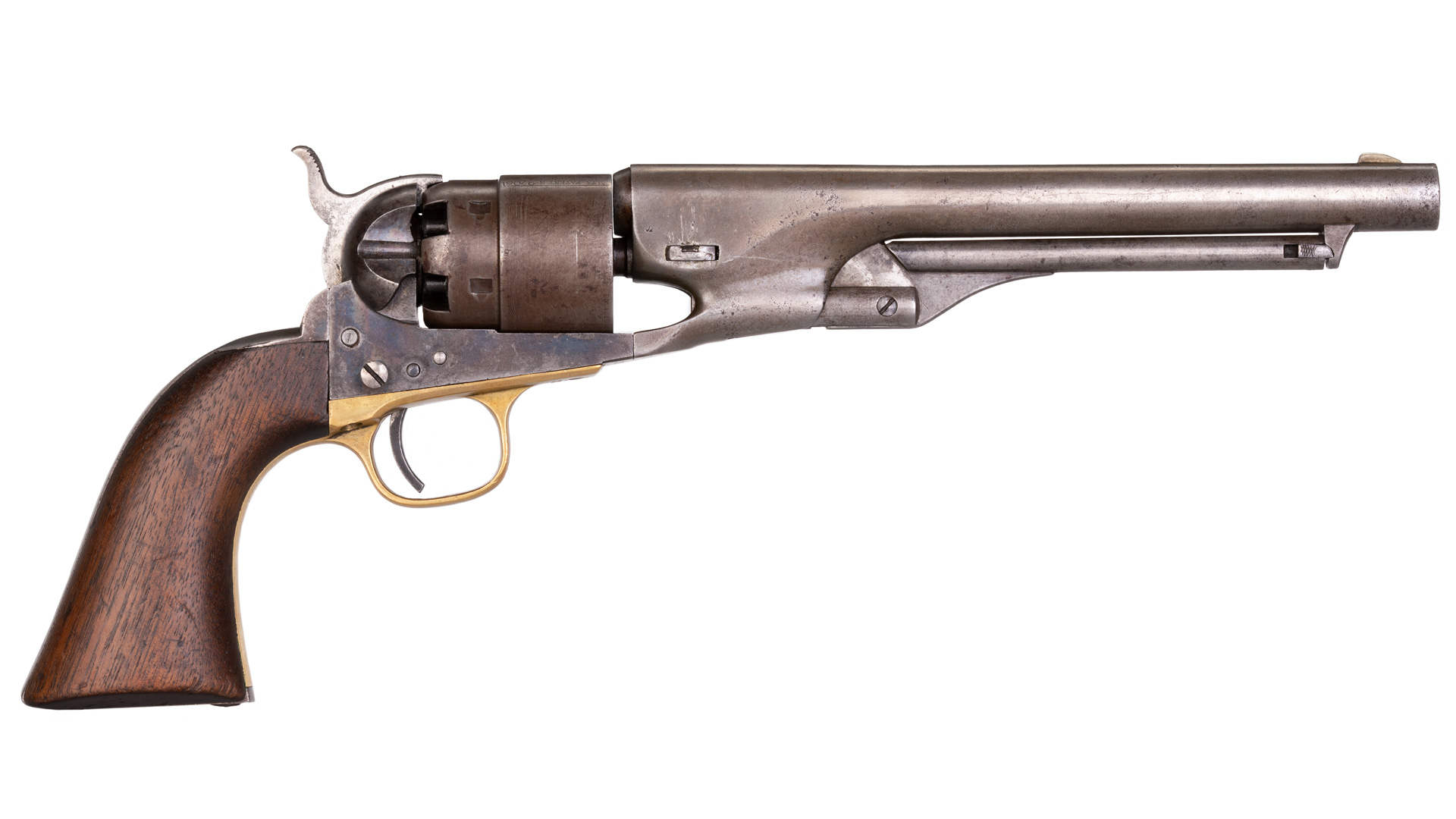


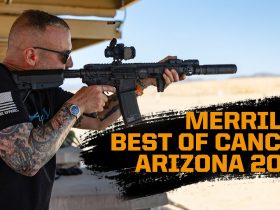
![Randy Luth: Innovation Through Experience [ZEROED IN] Randy Luth: Innovation Through Experience [ZEROED IN]](https://www.recoilweb.com/wp-content/uploads/2025/04/Randy-Luth-Zeroed-01.jpg)
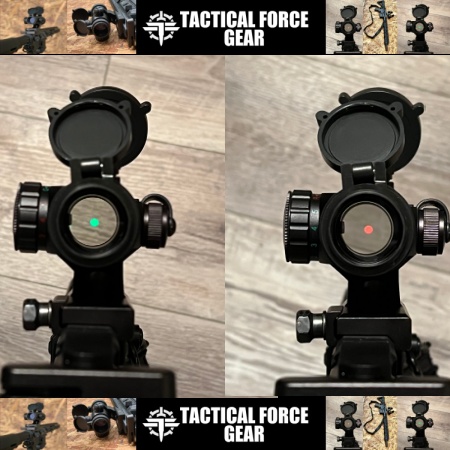

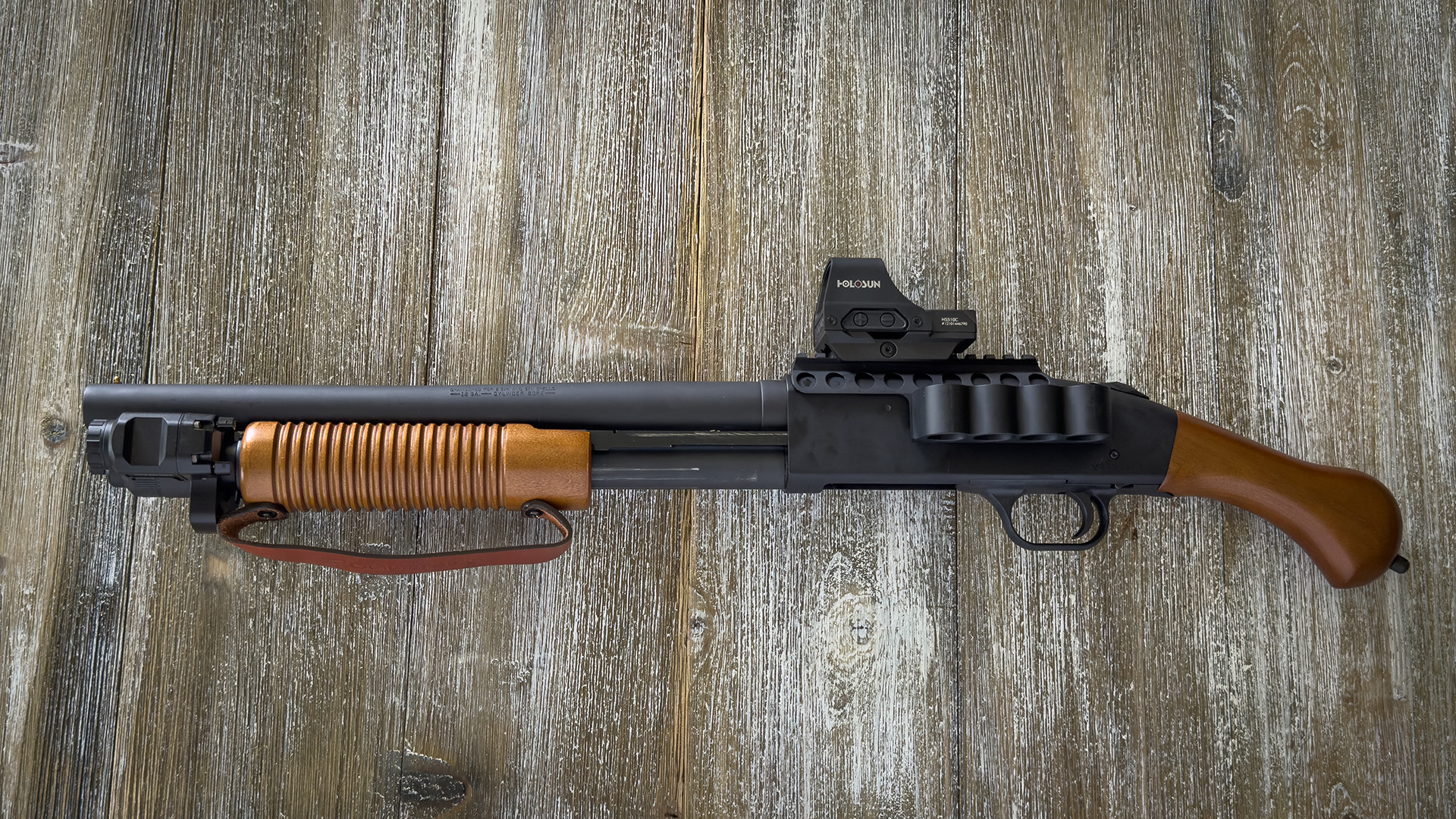




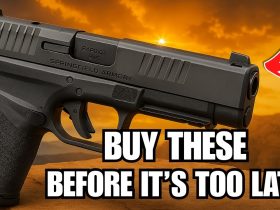
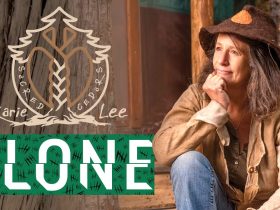

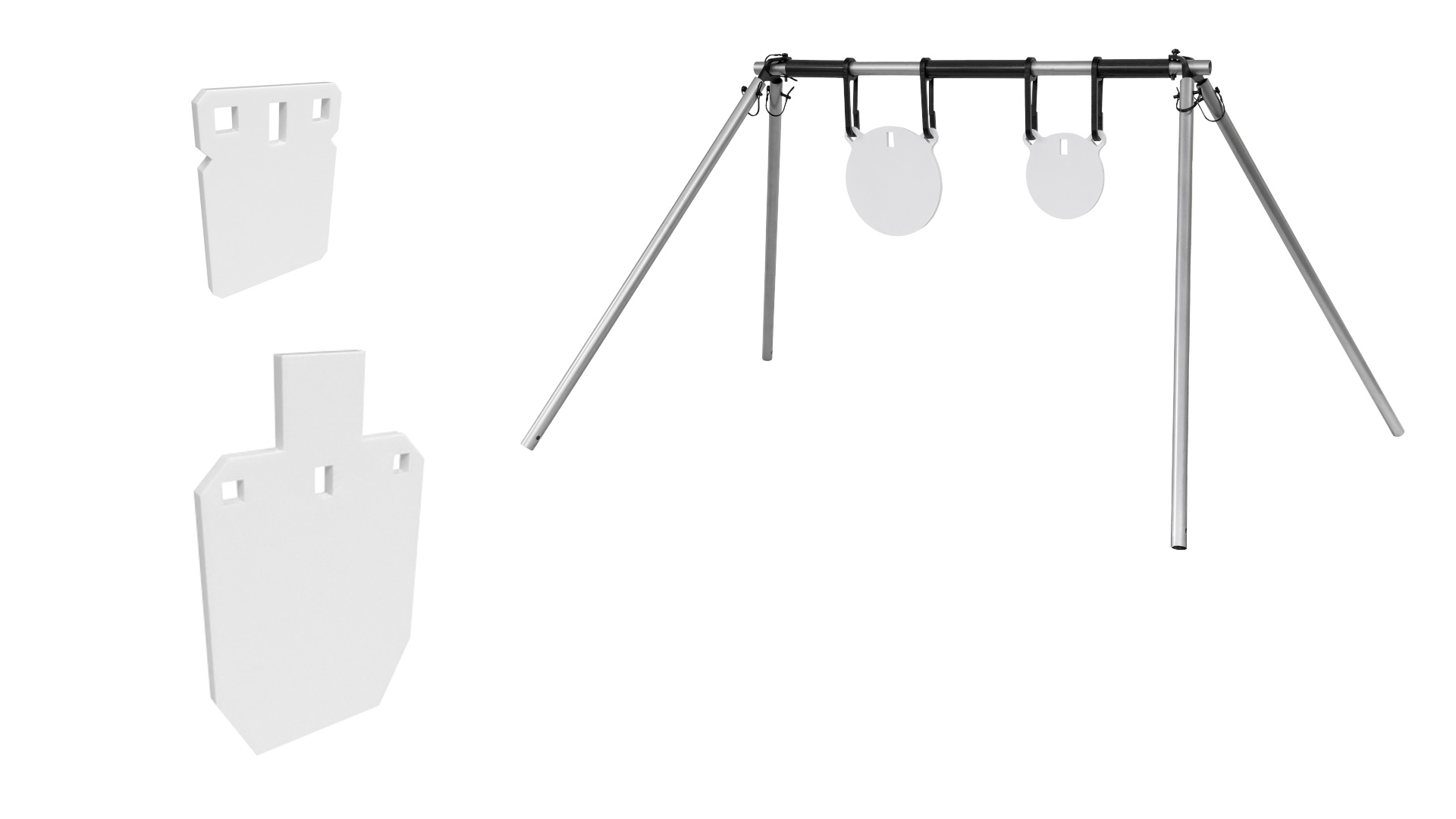
Leave a Reply